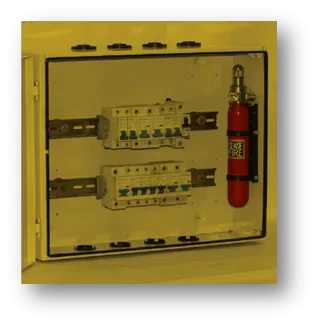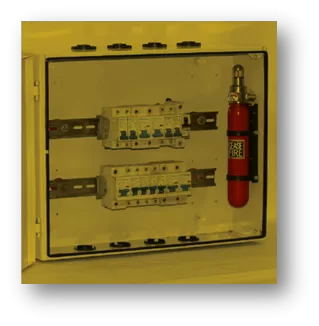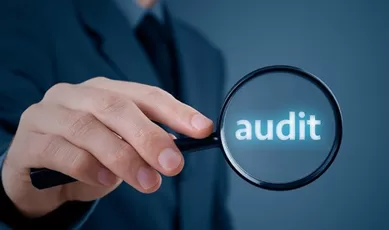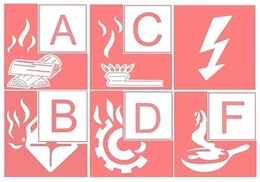Blogs
PCSBTC-0003
Safeguarding Your Digital Life: Day-to-day Tips for Cybersecurity
In today’s digital era, staying connected through social media, email, and online platforms has become second nature. However, this connectivity also exposes us to various cybersecurity risks. From phishing scams to unauthorized data access, being proactive about protecting personal and professional information is essential. This blog outlines practical tips to enhance your digital safety.
Understanding Cyber Threats and Email Security
Cyber threats like phishing, ransomware, malware, and spyware pose significant risks to individuals and organizations. For instance, phishing emails may trick you into clicking malicious links or sharing sensitive information. Be cautious of unexpected requests, especially those asking for personal data. Verify sender authenticity and avoid clicking on suspicious attachments or links. Real-world scams underscore the need for vigilance: ignoring these safeguards could lead to financial loss or identity theft.

In today’s digital era, staying connected through social media, email, and online platforms has become second nature. However, this connectivity also exposes us to various cybersecurity risks. From phishing scams to unauthorized data access, being proactive about protecting personal and professional information is essential. This blog outlines practical tips to enhance your digital safety.
Understanding Cyber Threats and Email Security
Cyber threats like phishing, ransomware, malware, and spyware pose significant risks to individuals and organizations. For instance, phishing emails may trick you into clicking malicious links or sharing sensitive information. Be cautious of unexpected requests, especially those asking for personal data. Verify sender authenticity and avoid clicking on suspicious attachments or links. Real-world scams underscore the need for vigilance: ignoring these safeguards could lead to financial loss or identity theft.
Password Hygiene
Strong, unique passwords are your first line of defence. A robust password combines letters, numbers, and symbols, making it harder to guess. Avoid reusing passwords across accounts. Instead, consider using a password manager to generate and securely store complex passwords. Common, weak passwords like “12345” or “password” should never be used.
Secure Browsing Practices
When browsing online, ensure websites use HTTPS protocols for secure communication. Public Wi-Fi may be convenient but can compromise sensitive data. For added security, use a Virtual Private Network (VPN) to encrypt your internet connection, especially when conducting financial transactions.
Device Security
Keep your devices secure by installing antivirus and anti-malware software. Regular updates and patches help protect against the latest threats. Firewalls and secure configurations further enhance device protection, reducing vulnerabilities to cyberattacks.
Social Media Awareness
Social media platforms offer great ways to connect, but oversharing can expose you to risks. Avoid posting sensitive personal or company information. Be selective about accepting friend requests, and watch for social media scams designed to steal your data. Review privacy settings to control who can view your posts and access your information.
Data Protection
Identify and safeguard sensitive data such as financial records, personal identification details, and confidential business information. Think twice before sharing such data online, even with trusted parties. Minimizing unnecessary data sharing can mitigate risks.
Recognizing and Reporting Scams
Phishing emails, suspicious calls, and deceptive pop-ups are common tools cybercriminals use. Warning signs include offers that seem too good to be true, urgent demands, or errors in language and formatting. Report suspected scams immediately to the appropriate authorities or your organization’s IT department.
Workplace Best Practices and Incident Response
In professional environments, avoid downloading unauthorized software or using personal devices for official purposes. Stick to company-approved tools and platforms. If you suspect a data breach or cyberattack, act promptly by isolating the affected system and reporting the incident to your IT team to prevent further damage.
Digital Arrest: Avoiding Scams
Stay informed about evolving online threats and scams. Cybercriminals often use sophisticated tactics to trap unsuspecting users. Education and awareness are key to avoiding such pitfalls.
By adopting these practices, you can navigate the digital landscape with confidence. Proactively managing your online security helps safeguard your personal data, protect your devices, and reduce exposure to cyber risks. Stay alert and take control of your digital footprint to enjoy the benefits of technology safely and securely.








